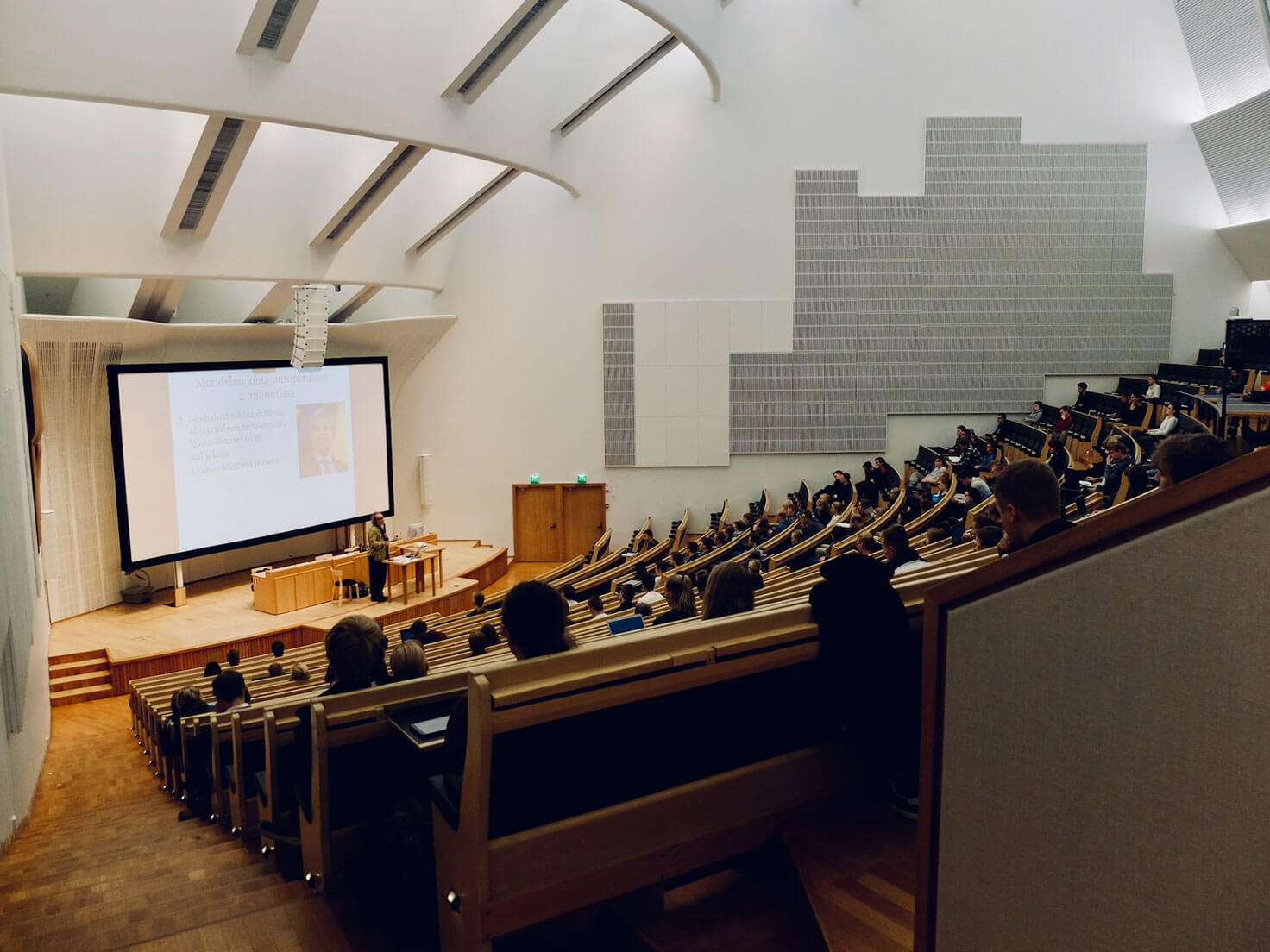1. Hybrid and Remote Learning Models
- Blended Learning: Many educational institutions are adopting hybrid models that combine in-person and online learning. This approach allows for greater flexibility and accessibility, catering to diverse learning preferences.
- Asynchronous Learning: The rise of asynchronous learning enables students to access course materials and complete assignments at their own pace, accommodating different schedules and learning styles.
2. EdTech Innovations
- Learning Management Systems (LMS): Platforms like Canvas, Moodle, and Google Classroom are evolving to provide more interactive and user-friendly experiences, integrating features such as gamification, analytics, and personalized learning paths.
- AI-Powered Tools: Artificial intelligence is being used to create personalized learning experiences, offering tailored content and assessments based on individual student performance and needs.
3. Focus on Social-Emotional Learning (SEL)
- Holistic Education: There is an increasing emphasis on social-emotional learning, which focuses on developing students' emotional intelligence, resilience, and interpersonal skills. Schools are integrating SEL into their curricula to support students' overall well-being.
- Mental Health Resources: Educational institutions are prioritizing mental health support, providing resources and programs to help students cope with stress, anxiety, and other challenges.
4. Gamification and Interactive Learning
- Engaging Learning Experiences: Gamification techniques are being used to make learning more engaging and interactive. Educational games and simulations help students develop critical thinking and problem-solving skills in a fun and immersive way.
- Virtual Reality (VR) and Augmented Reality (AR): VR and AR technologies are being integrated into classrooms to create immersive learning experiences, allowing students to explore complex concepts and environments in a hands-on manner.
5. Personalized Learning
- Adaptive Learning Technologies: Tools that adapt to individual learning styles and paces are becoming more prevalent. These technologies analyze student performance and adjust content delivery accordingly, ensuring that each student receives a tailored educational experience.
- Competency-Based Education: This approach allows students to progress through their education based on their mastery of skills and knowledge rather than time spent in class, promoting a more personalized and efficient learning journey.
6. Increased Focus on STEM and STEAM Education
- Emphasis on Critical Skills: There is a growing emphasis on STEM (Science, Technology, Engineering, and Mathematics) and STEAM (adding Arts to STEM) education to prepare students for careers in high-demand fields. Schools are incorporating hands-on projects, coding, and robotics into their curricula.
- Partnerships with Industry: Collaborations between educational institutions and industry leaders are becoming more common, providing students with real-world experiences and insights into potential career paths.
7. Global Learning Opportunities
- Cross-Cultural Collaboration: Technology is enabling students to collaborate with peers from around the world, fostering cross-cultural understanding and global citizenship. Virtual exchange programs and international partnerships are becoming more accessible.
- Open Educational Resources (OER): The availability of free and openly licensed educational materials is expanding access to quality resources, allowing educators and students to share and adapt content for diverse learning environments.
8. Data-Driven Decision Making
- Learning Analytics: Educational institutions are increasingly using data analytics to track student performance, engagement, and outcomes. This data-driven approach helps educators identify areas for improvement and tailor interventions to support student success.
- Predictive Analytics: Institutions are leveraging predictive analytics to identify at-risk students and implement proactive measures to improve retention and graduation rates.
9. Lifelong Learning and Upskilling
- Focus on Continuous Education: The demand for lifelong learning is growing, with individuals seeking opportunities to upskill and reskill throughout their careers. Online platforms and micro-credentialing programs are making it easier for learners to acquire new skills.
- Corporate Training Programs: Companies are investing in employee training and development, partnering with educational institutions to provide tailored programs that meet industry needs.
10. Sustainability in Education
- Green Initiatives: Educational institutions are increasingly focusing on sustainability, incorporating environmental education into curricula and implementing eco-friendly practices on campus.
- Education for Sustainable Development (ESD): Programs that promote awareness of sustainability issues and encourage students to take action are becoming more prevalent, preparing future generations to address global challenges.
Conclusion
The latest developments in education reflect a dynamic landscape that is increasingly influenced by technology, societal needs, and a focus on holistic learning. As these trends continue to evolve, they will shape the future of education, making it more accessible, personalized, and relevant to the challenges of the 21st century. Educators, policymakers, and stakeholders must work collaboratively to harness these innovations and ensure that all learners have the opportunity to succeed.









